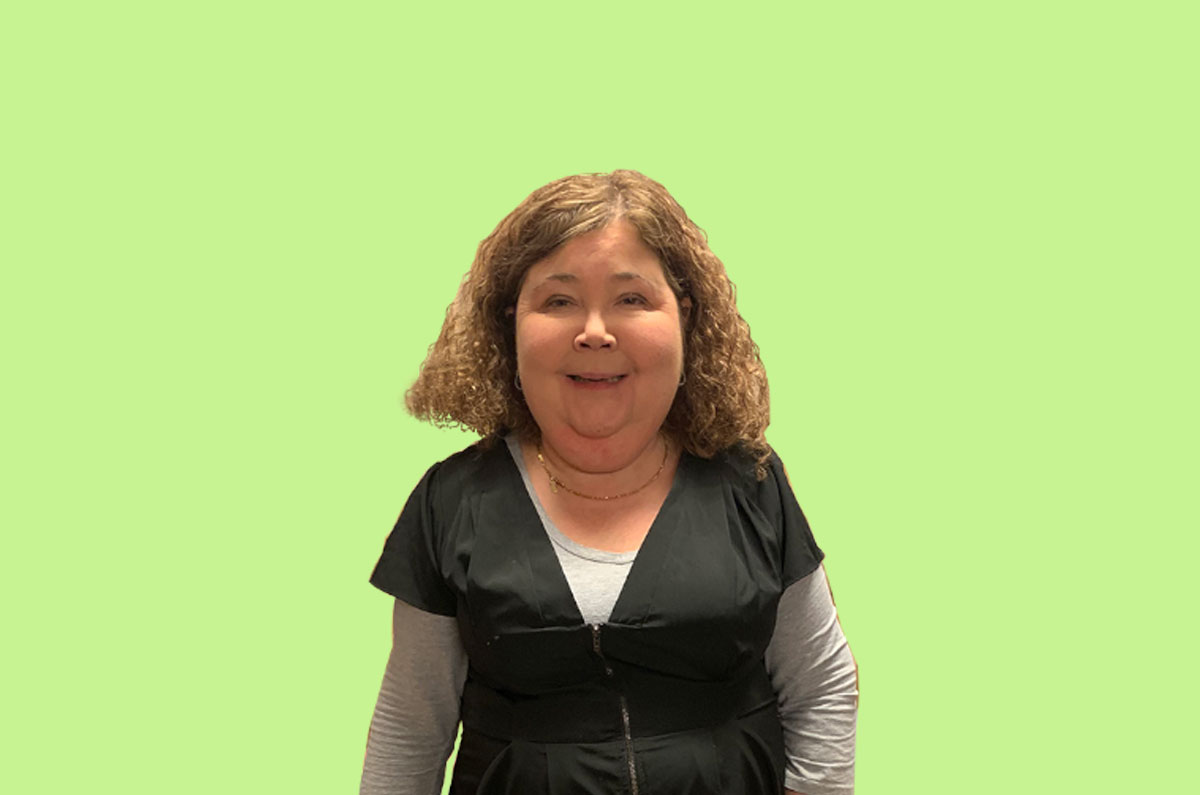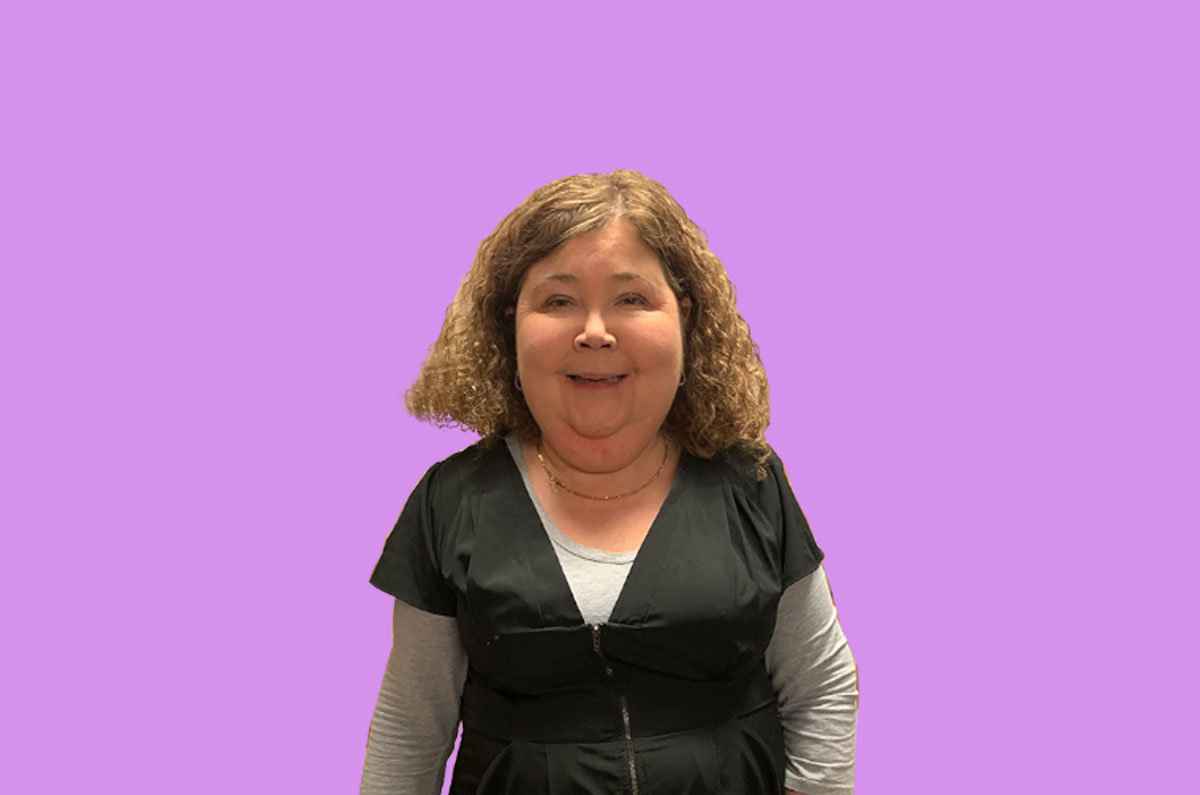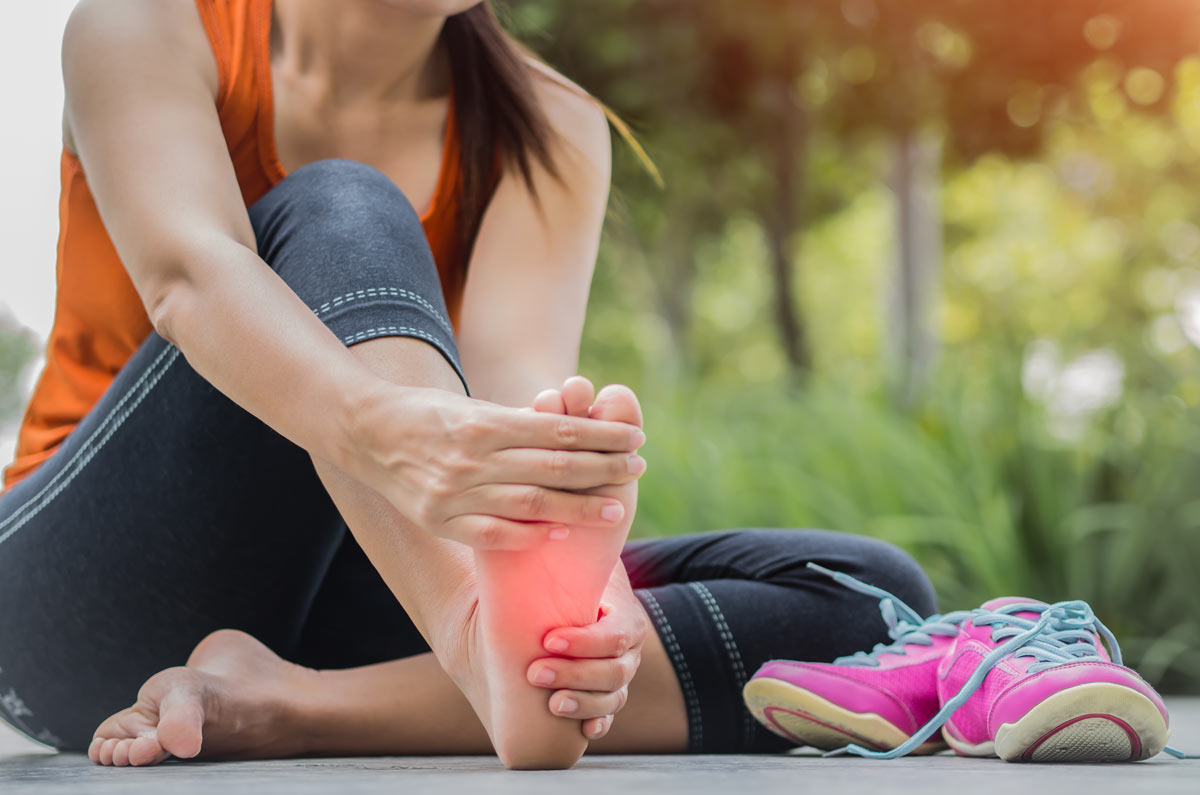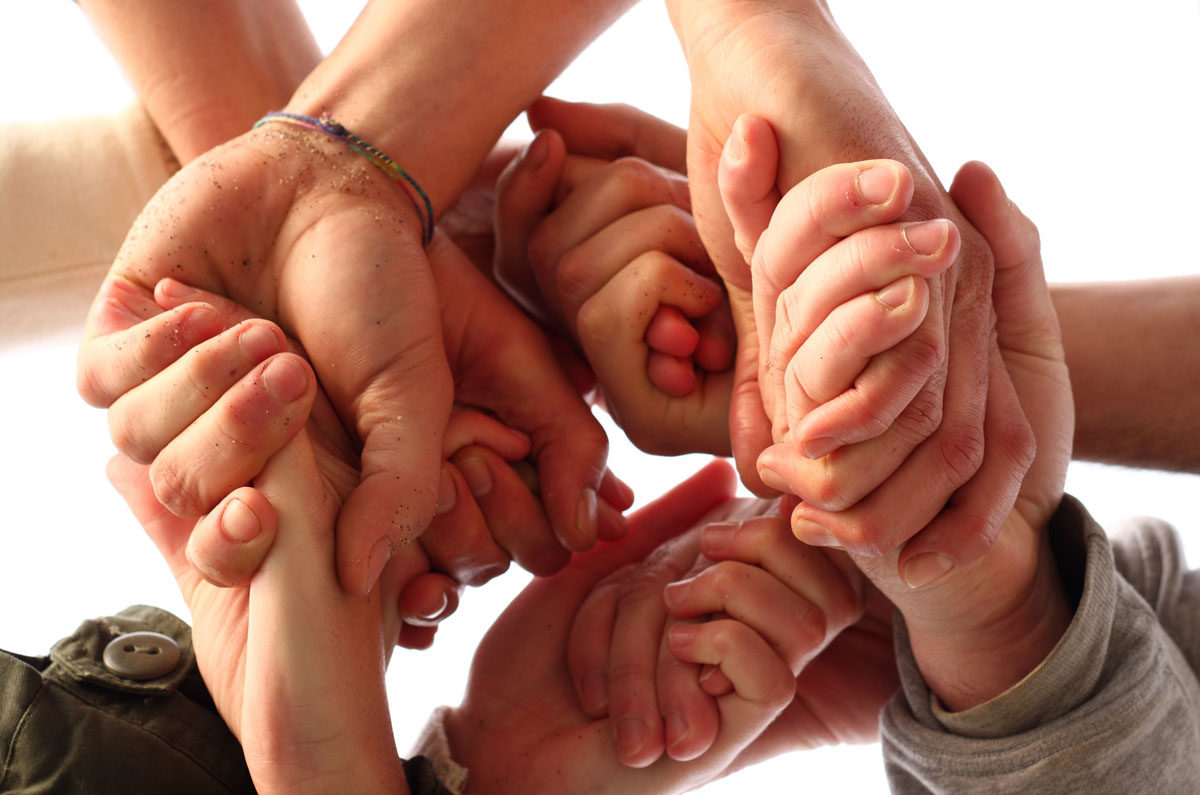Having children, self-belief and acceptance
Written by Shirani Wright
Read part 1 of Shirani’s story.
Another thing that was very hard for me – and I’m sure turned out much better than the doctors thought – was having my children. I don’t think my rheumatologist was overly keen on the idea, but he knew me well enough, not to try and talk me about of it as he knew that nothing was going to stop me and nothing did!
I was advised that I had to come off my methotrexate for three months before we started trying to get pregnant. This is because it’s a category X drug for pregnancy and can cause serious birth defects, including spina bifida. This was a bit scary.
The doctors thought that, by coming off methotrexate, I might have a big flare-up and not be able to even get pregnant. I came off methotrexate and luckily for me, no flare-up. They also thought if I did get pregnant there were a lot of other possible complications that could have resulted in the baby being born early.
My doctors pretty much implied I was too sick to get pregnant and carry to full term. Well, you know what they could do with that idea!! Even if I had to sit in bed for nine months and not move, I was determined to have children and that’s what I did. I have two beautiful girls, Chloe and Jacinta. I’m not going to say it was always easy, but it was worth it. I feel extremely luckily to have my two healthy girls.
I’d like the all the parents of kids with arthritis, and children with arthritis, to know it’s possible to have children of your own if you want to, even if you do have arthritis.
Having arthritis does make looking after my girls difficult sometimes, but I wouldn’t have it any other way. I wasn’t about to let arthritis stop me from having children!!! It’s easier, now they are both at school. I’m also very lucky to have a very supportive husband who understands my health issues and does a lot with the children as well as working full time and supporting me emotionally.
I also get emotional support from my friends, and family, but I’ve found that the Young Women’s Arthritis Support Group has helped greatly, as everyone in the group knows what it’s like to be in pain, be on medication, have bad days and everything that goes along with having a chronic illness.
I believe having arthritis has made me a strong person mentally and that it has helped me develop a positive attitude towards life. It often hasn’t been easy but I’m not one to back down from a challenge. I sometimes wonder what I’d be like as a person if I didn’t have arthritis.
We all have our limitations whether we have a disability or not. There are those who might not be able to walk but they might be a terrific artist. People with a disability can have just as fulfilling a life as someone without one. We can do anything we set our mind to. It might just take a bit of extra work but we can do it.
If I can give any advice to children with arthritis I would say, we need to believe in ourselves. We need to accept that we have a disability and that we have limitations but we shouldn’t let our disability define who we are. We are more than our disability.
To leave you, I’ll finish with a thought. Never give up and always shoot for your dreams!














